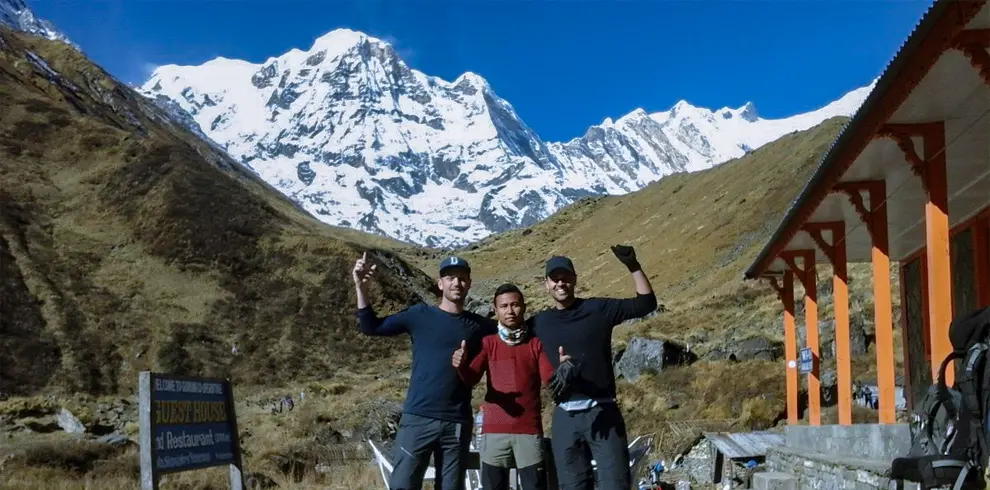
Guide Mandate for Trekking in Langtang Valley | What You Need to Know
published on: 18th Feb, 2025
Why the New Rule?
How Can a Trekking Agency in Nepal Benefit Trekkers?
What Does This Mean for Solo Trekkers?

published on: 18th Feb, 2025
Why the New Rule?
How Can a Trekking Agency in Nepal Benefit Trekkers?
What Does This Mean for Solo Trekkers?
Nepal’s Langtang Valley, often referred to as the "Valley of Glaciers," is one of the most stunning trekking destinations in the Himalayas. Known for its breathtaking landscapes, rich Tamang culture, and relatively accessible trails, Langtang has long been a favorite among trekkers.
According to the Nepal Tourism Board, Langtang Valley welcomed approximately 25,000 trekkers during the 2022-2023 trekking season. This number has been steadily increasing since the region reopened after the devastating 2015 earthquake. The new guide mandate is expected to further regulate this influx, ensuring that the valley remains a sustainable and enjoyable destination for future generations.
However, starting recently, the Nepalese government has introduced a new rule that mandates all trekkers in the Langtang region to hire a licensed guide. This decision has sparked discussions among travelers, agencies, and locals alike. In this blog, we’ll explore the reasons behind this rule, its implications, and how it benefits trekkers and the local economy.
The new regulation requiring trekkers to hire a guide in Langtang Valley is part of Nepal’s broader effort to enhance safety, promote sustainable tourism, and support local communities. Here are some key reasons behind the rule:
Safety Concerns: Langtang Valley, though less crowded than Everest or Annapurna, presents its own set of challenges. The region is prone to unpredictable weather, avalanches, and landslides. Having a guide ensures that trekkers are well-informed and prepared for any emergencies.
Boosting Local Employment: By mandating guides, the government aims to create more job opportunities for locals. Many guides and porters from the Langtang region rely on tourism for their livelihoods, and this rule ensures they benefit directly from the trekkers visiting their homeland.
Preserving the Environment: Unregulated trekking can lead to environmental degradation. Guides play a crucial role in educating trekkers about responsible tourism practices, such as proper waste disposal and respecting local customs.
Enhancing the Trekking Experience: A local guide can enrich your trekking experience by sharing insights into the region’s culture, history, and natural beauty. They can also help you navigate the trails more efficiently and introduce you to hidden gems along the way.
Hiring a guide through a reputable trekking agency in Nepal offers numerous advantages for trekkers:
Expert Guidance: Agencies provide experienced guides who are trained in first aid, altitude sickness management, and emergency response. This ensures your safety throughout the trek.
Logistical Support: From arranging permits and transportation to booking teahouses, agencies handle all the logistics, allowing you to focus on enjoying the trek.
Cultural Insights: Guides often come from the local community and can offer deep insights into the Tamang culture, traditions, and way of life.
Customized Itineraries: Agencies can tailor your trek to suit your fitness level, interests, and time constraints. Whether you want a shorter trek or a more challenging route, they can make it happen.
Economic Contribution: By hiring a guide through an agency, you’re directly contributing to the local economy and supporting sustainable tourism practices.
For solo trekkers who prefer to explore independently, the new rule might seem restrictive. However, hiring a guide doesn’t mean losing your sense of adventure. Many agencies offer flexible options, allowing you to trek at your own pace while still benefiting from the expertise of a guide. Additionally, traveling with a guide can enhance your experience by providing companionship and local knowledge.
So, if you’re planning to trek in Langtang Valley, embrace this new rule as an opportunity to make your journey more meaningful and memorable. After all, the mountains are not just about the destination—they’re about the people you meet and the stories you gather along the way.
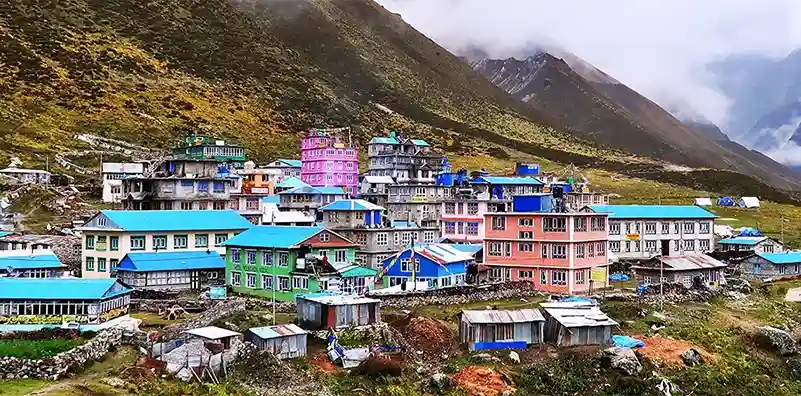
8
Days
The Langtang Valley and Ganja La Pass Trek is an exhilarating and challenging trekking adventure that combines the stunning landscapes of the Langtang Valley with the thrilling crossing of the Ganja La Pass. This trek is perfect for experienced trekk...
Start Journey

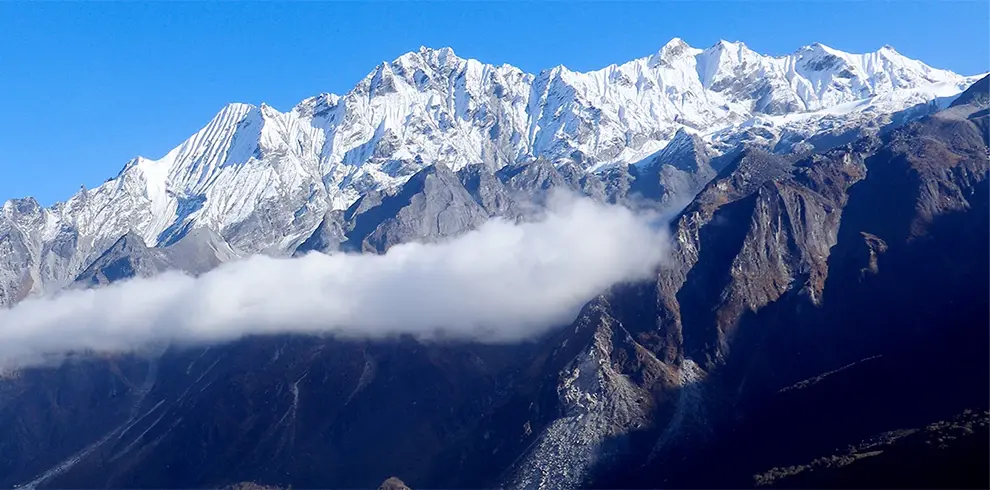
13
Days
The Langtang Gosaikunda Trek is a popular and scenic trekking route that combines the natural beauty of the Langtang Valley with the sacred lakes of Gosaikunda. Located in the Langtang National Park in the central region of Nepal, this trek offers a...
Start Journey

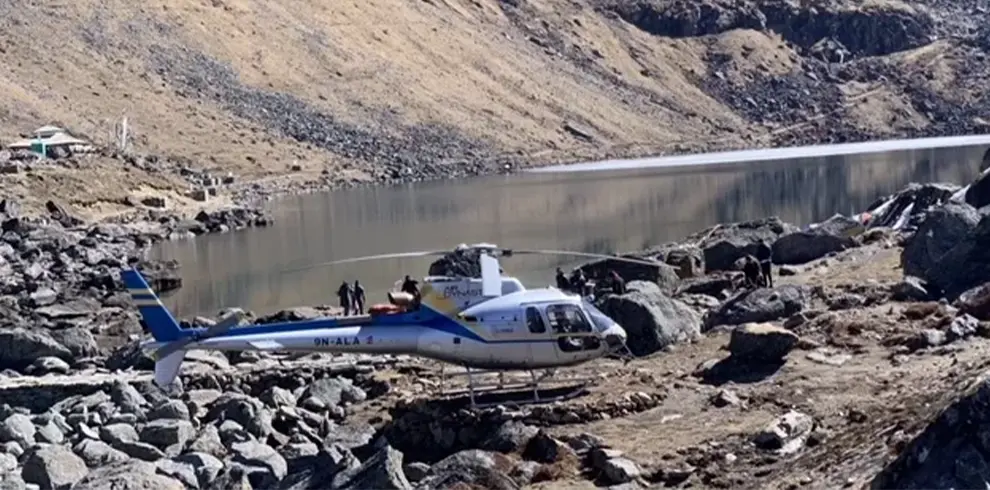
1
Days
Gosaikunda also known as silu is an alpine of fresh water lake as part of Langtang National Park. Gosainkunda lies close to the Tibetan border, north of Kathmandu, Nepal. Gosaikunda is one of the most well-known drawing points and is often considered...
Start Journey

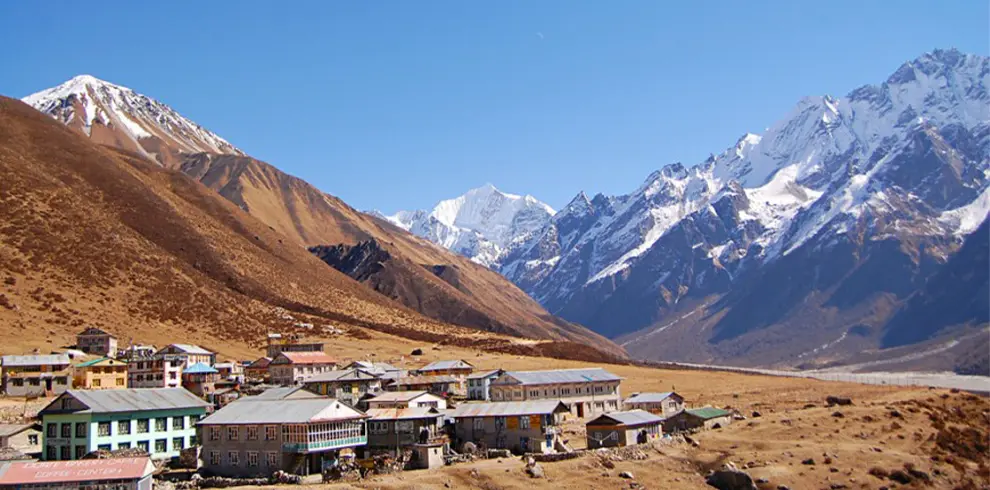
14
Days
The Langtang Valley and Ganja La Pass Trek is a challenging and adventurous trekking route that takes you through the breathtaking Langtang Valley and over the Ganja La Pass, offering a unique combination of stunning landscapes, remote wilderness, an...
Start Journey
